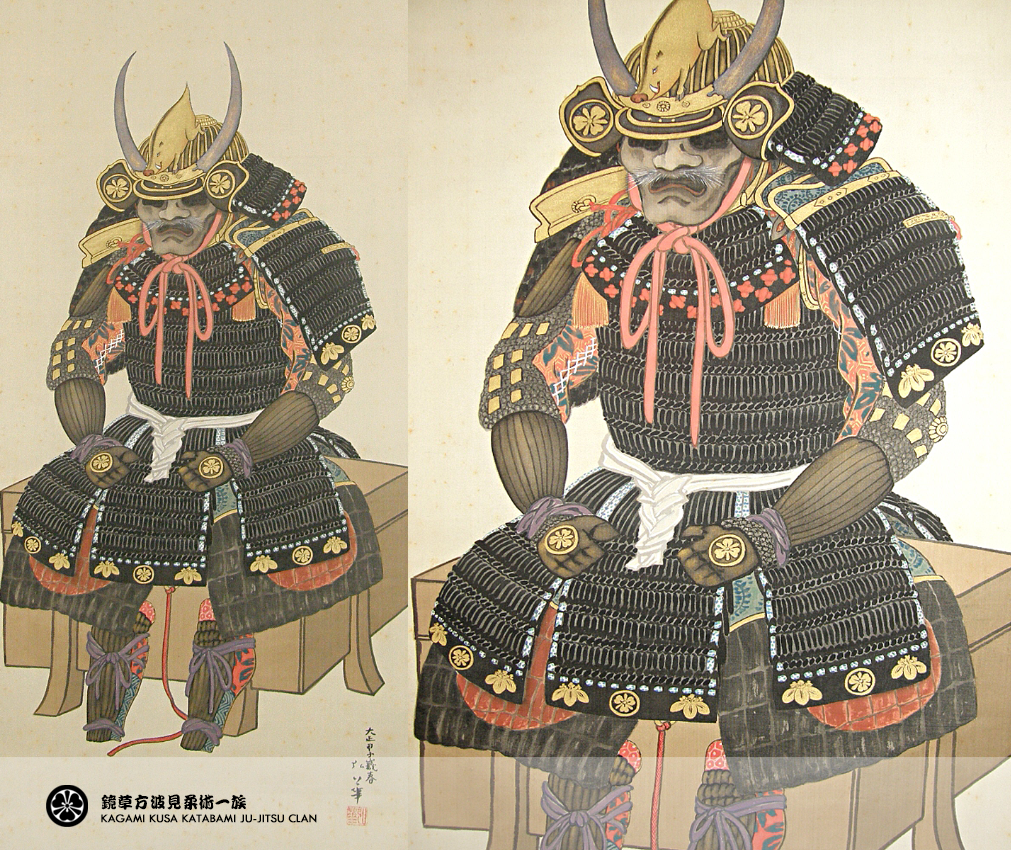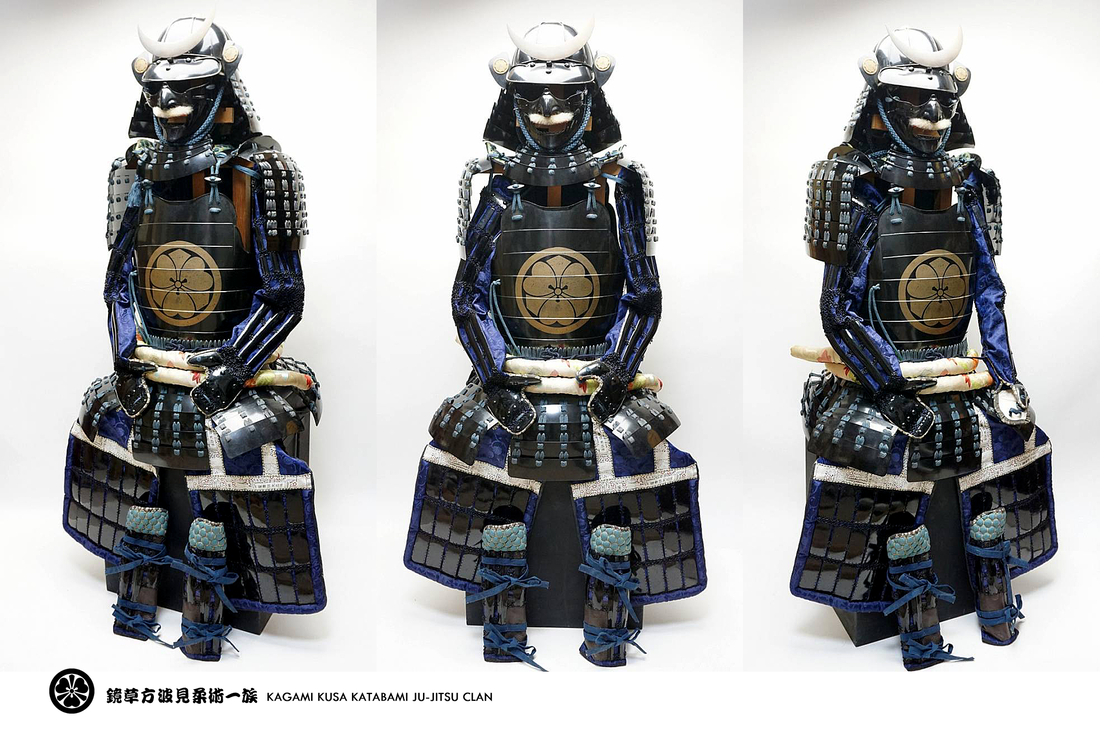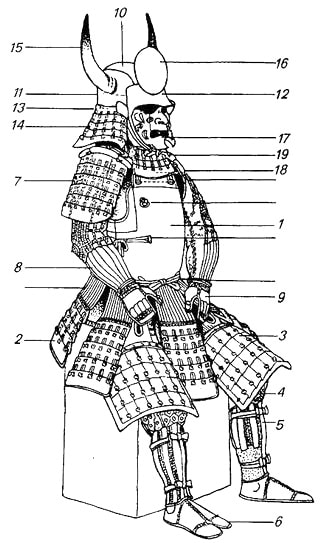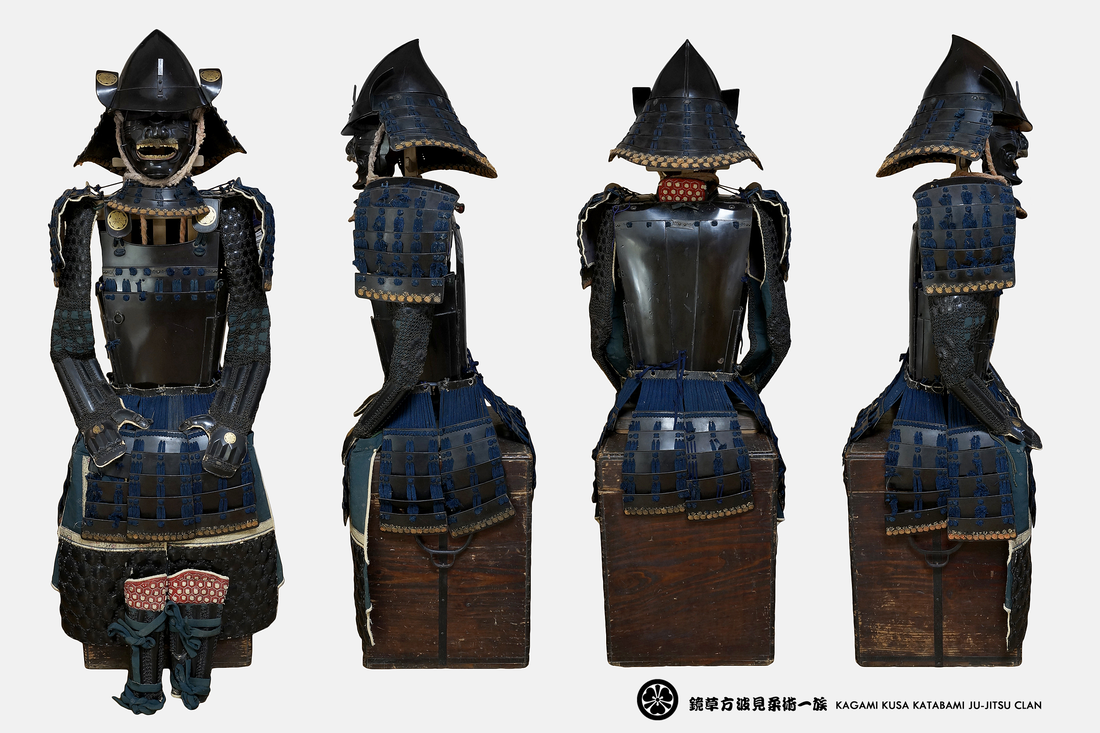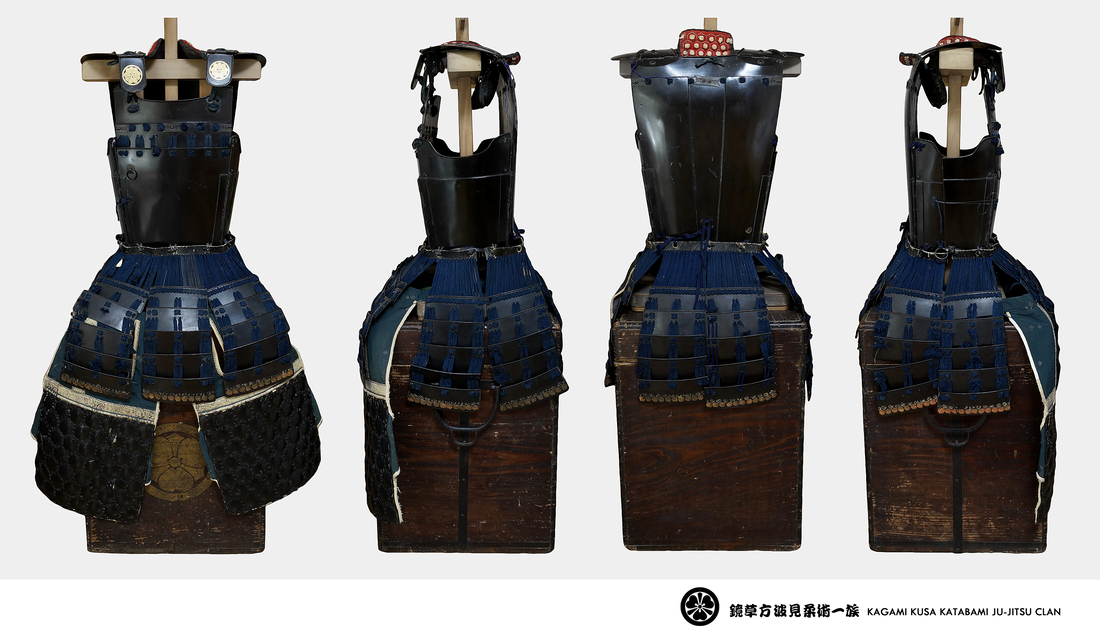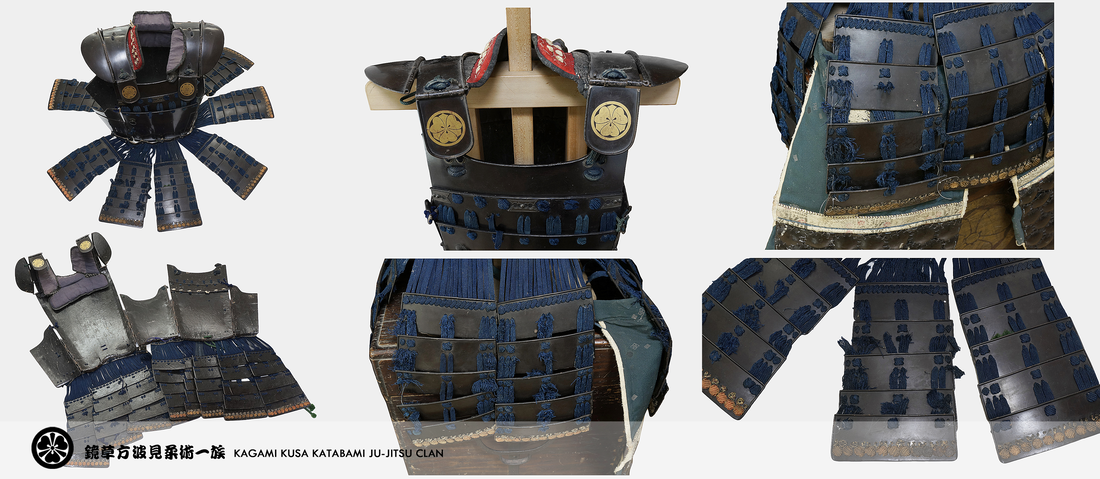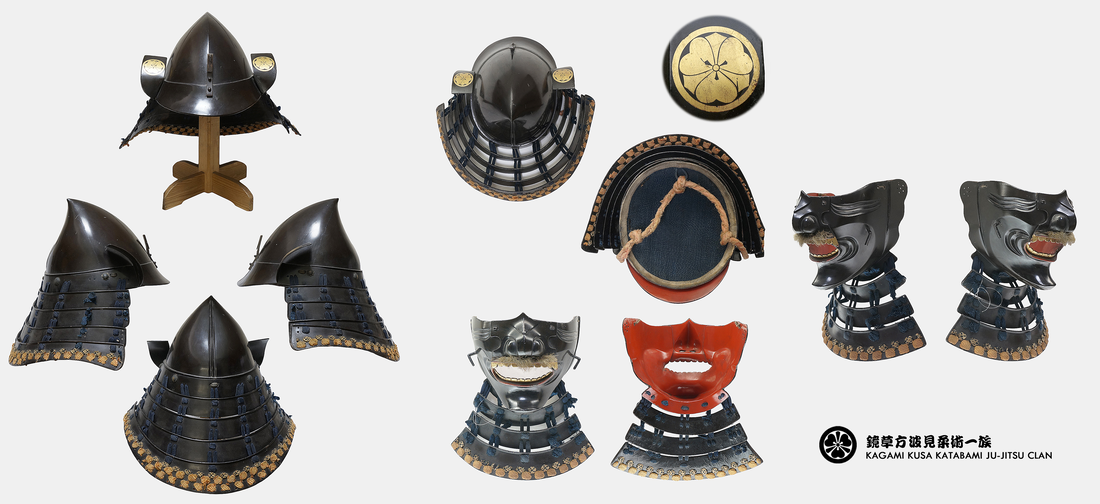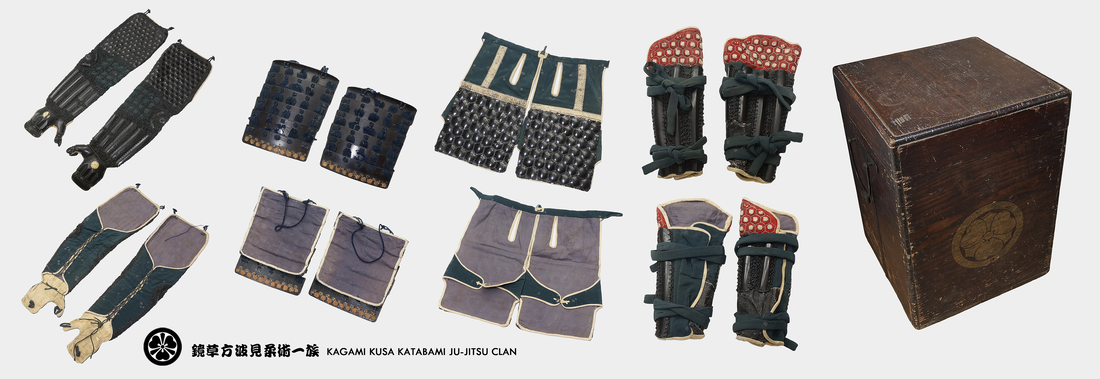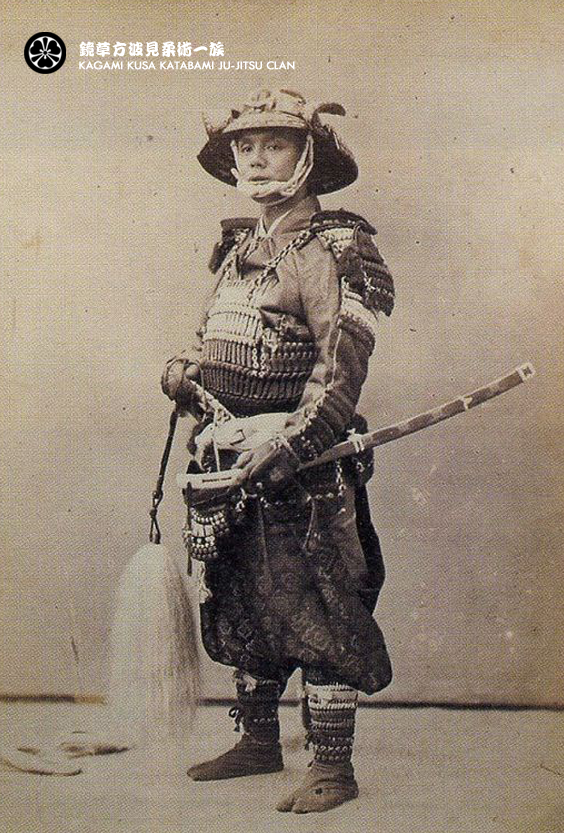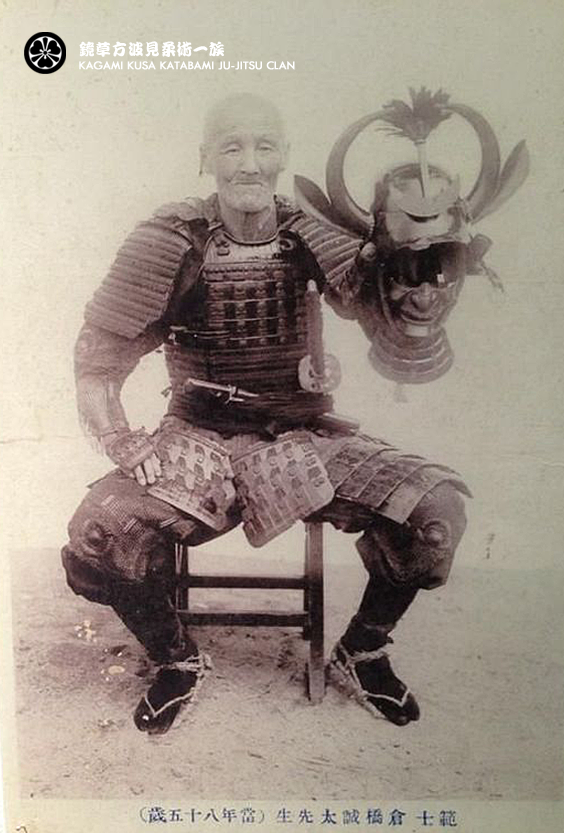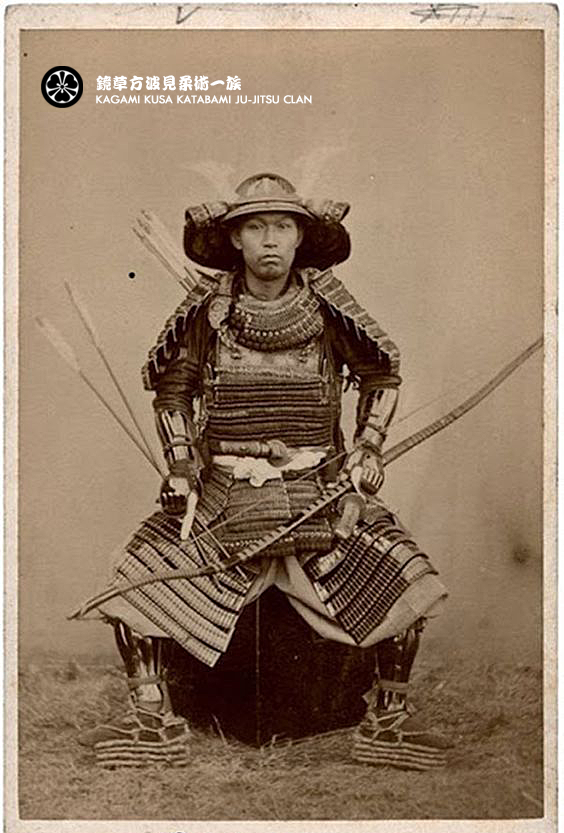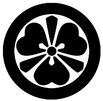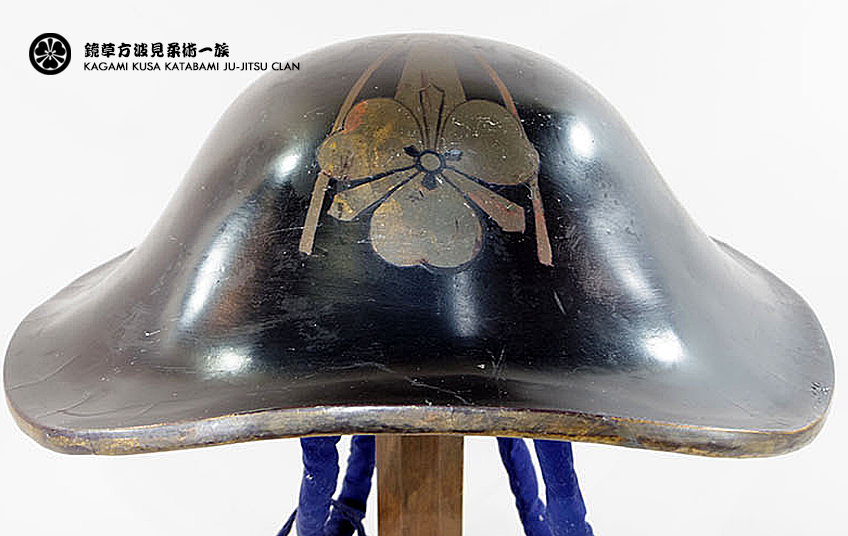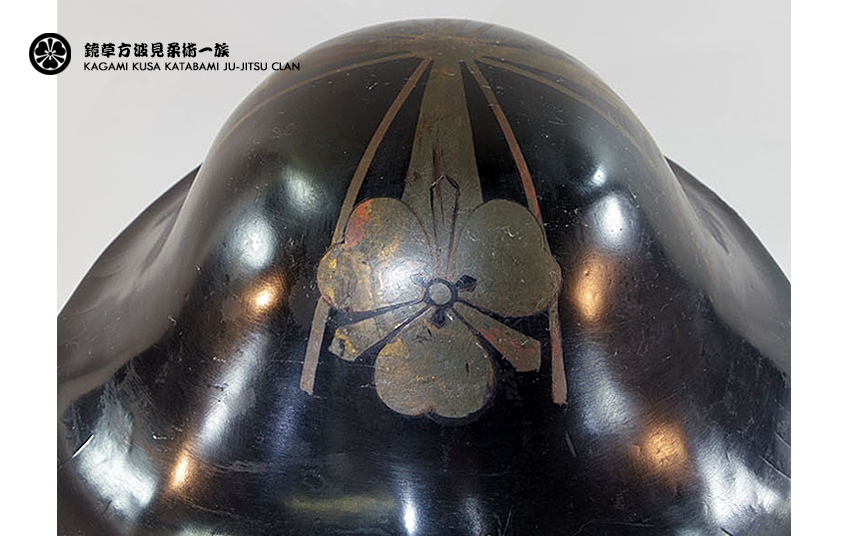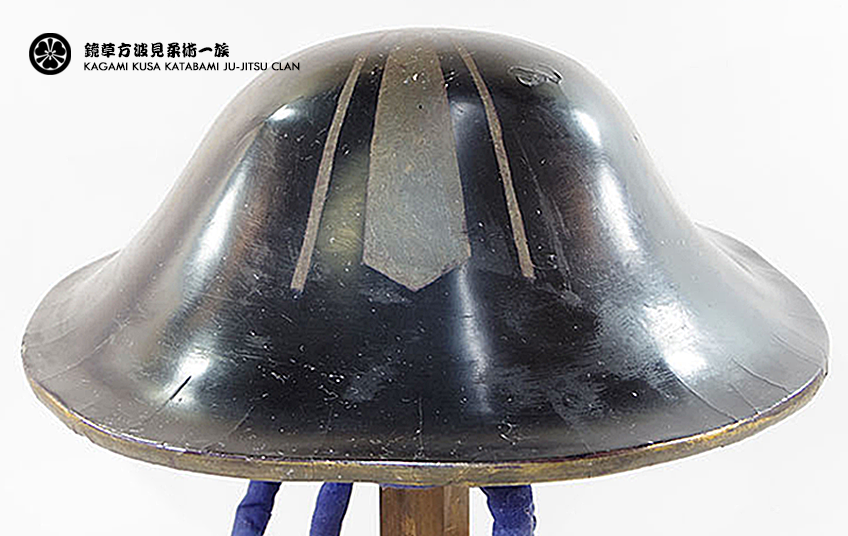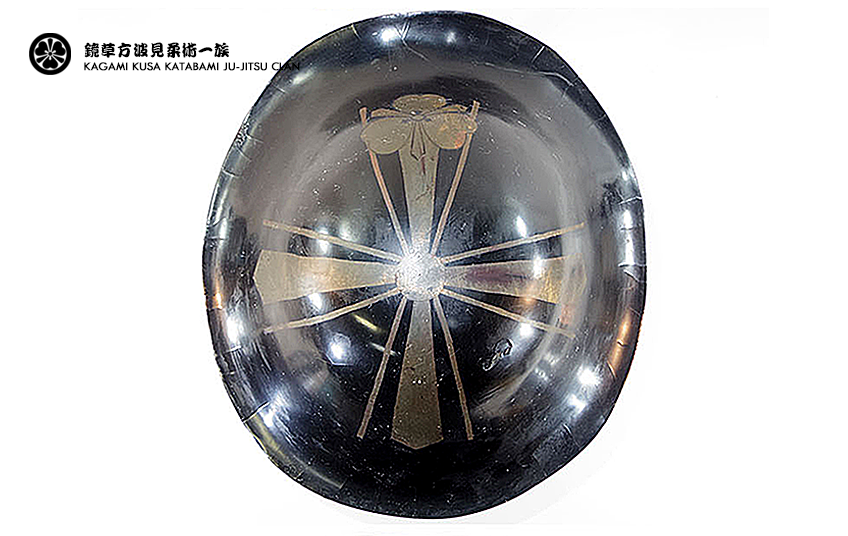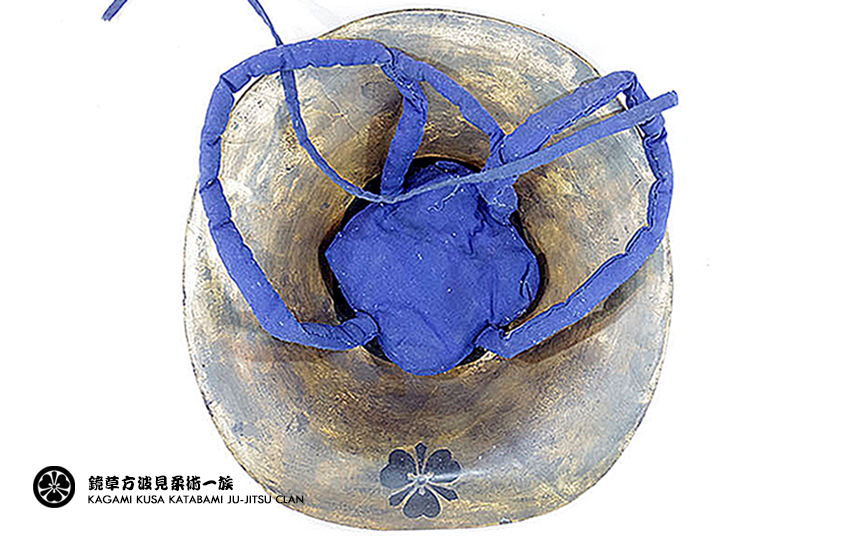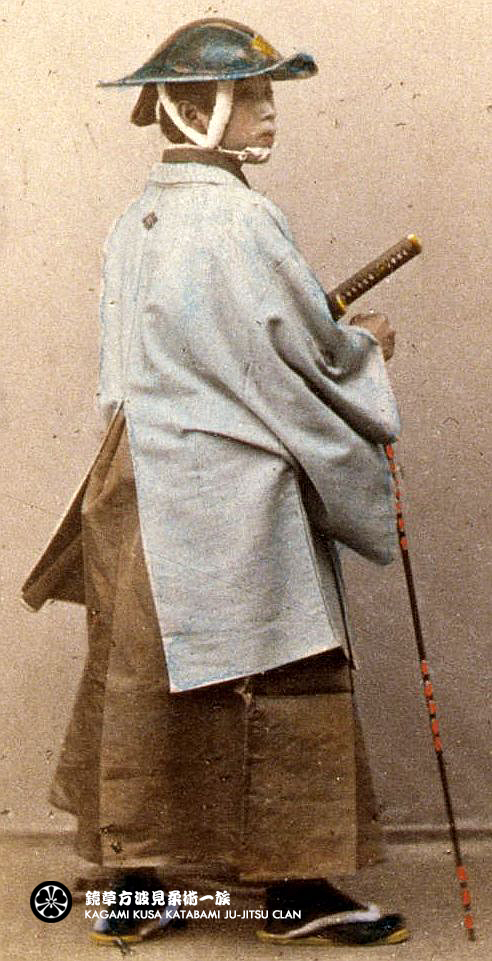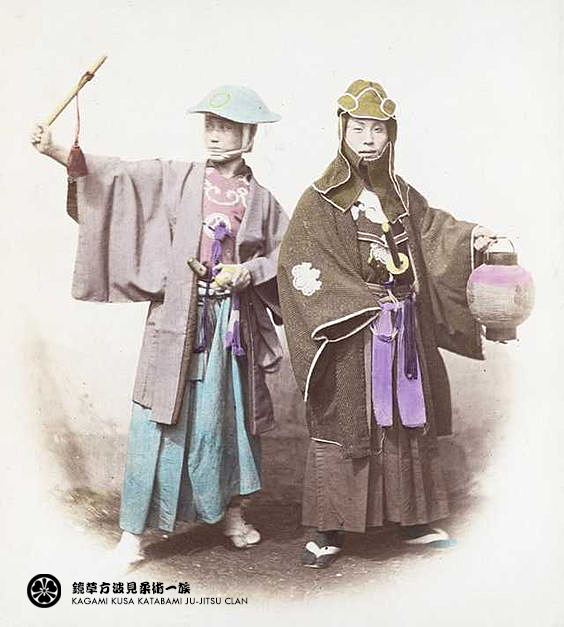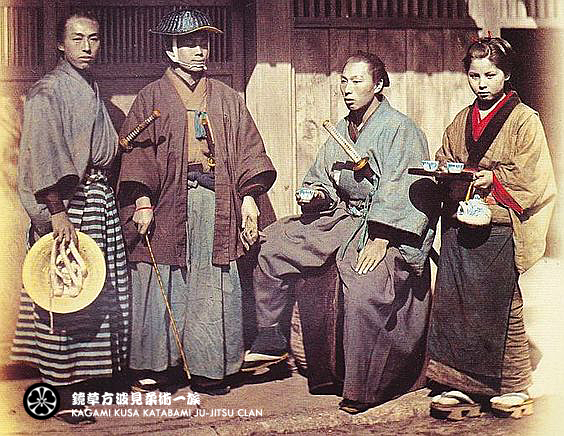Japanese armour |
鎧 |
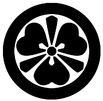
HISTORY OF THE SAMURAI ARMOR
The basic armor was developed in Japan in the first half of the 4th century. The Japanese armor evolved from the armors that were used in China and Korea during those times. The Samurai armor evolved from armors known as Tanko and Keiko. The first one was used by the foot soldiers and the second one was used by the cavalry. These were the armors which led to the manufacturing of samurai armor as we know today. Initially, only basic cuirasses were developed in Japan along with the helmets. A cuirass is comprised of 2 pieces, that is, one piece protects the chest and another piece protects the back. Both of these pieces were attached together with the metal strips.
During the Heian period which dated from 794 to 1185, a large focus was put on evolving the armors to accommodate warfare at the time, which led to the samurai armor we are familiar with today. The use of leather and lacquer in samurai armor significantly increased during this period of time. During the Heian period, the samurai armor was perfected and was extended to cover the entire body rather than just the upper torso. For a long period of time only leather and iron strips were used to construct the armors but later on, the use of silk lace to connect the individual pieces of armor also became popular. The basic material to construct the armor, however, remained the same which was individual scales made from iron. These individual scales are also known as Kozane. During the 16th century, however, the Samurai armor changed significantly due to the increasing Japanese trade with Europe.
The Portuguese introduced Tanegashima to the Japanese, which was a primitive form of firearm, due to which the Japanese armor manufacturers had to change the way in which they constructed samurai armor. The armors up until then were unable to protect samurai warriors from firearms, which necessitated the changes. Instead of the iron strips which were being used earlier, now the samurai armor manufacturers started using iron and steel plates. These were necessary to produce bullet proof armors known as Tameshi gusoku. This enabled the samurai warriors to use the armor and stay protected even in the battles consisting of firearms.
Japan entered a peaceful period after the 1600s and thereafter the samurai armors were used a symbol of prestige and status instead of actual war armors. Right up until 1877 these various armor types were being used in japan. Their last use in an actual act of war was in 1877 during the Satsuma Rebellion.
The basic armor was developed in Japan in the first half of the 4th century. The Japanese armor evolved from the armors that were used in China and Korea during those times. The Samurai armor evolved from armors known as Tanko and Keiko. The first one was used by the foot soldiers and the second one was used by the cavalry. These were the armors which led to the manufacturing of samurai armor as we know today. Initially, only basic cuirasses were developed in Japan along with the helmets. A cuirass is comprised of 2 pieces, that is, one piece protects the chest and another piece protects the back. Both of these pieces were attached together with the metal strips.
During the Heian period which dated from 794 to 1185, a large focus was put on evolving the armors to accommodate warfare at the time, which led to the samurai armor we are familiar with today. The use of leather and lacquer in samurai armor significantly increased during this period of time. During the Heian period, the samurai armor was perfected and was extended to cover the entire body rather than just the upper torso. For a long period of time only leather and iron strips were used to construct the armors but later on, the use of silk lace to connect the individual pieces of armor also became popular. The basic material to construct the armor, however, remained the same which was individual scales made from iron. These individual scales are also known as Kozane. During the 16th century, however, the Samurai armor changed significantly due to the increasing Japanese trade with Europe.
The Portuguese introduced Tanegashima to the Japanese, which was a primitive form of firearm, due to which the Japanese armor manufacturers had to change the way in which they constructed samurai armor. The armors up until then were unable to protect samurai warriors from firearms, which necessitated the changes. Instead of the iron strips which were being used earlier, now the samurai armor manufacturers started using iron and steel plates. These were necessary to produce bullet proof armors known as Tameshi gusoku. This enabled the samurai warriors to use the armor and stay protected even in the battles consisting of firearms.
Japan entered a peaceful period after the 1600s and thereafter the samurai armors were used a symbol of prestige and status instead of actual war armors. Right up until 1877 these various armor types were being used in japan. Their last use in an actual act of war was in 1877 during the Satsuma Rebellion.
PARTS OF THE SAMURAI ARMOR
The Samurai armor consisted of many different parts to cover almost each and every part of the body. Each armor type is different however some of the most common parts of samurai armor are listed below.
Dou or Dō – Dou is the armor part which is worn on the chest. It was constructed from iron plates or sometimes leather plates. The dou also sometimes consisted of medals and pendants. The size of the dou would often vary according to the individual who would be wearing it.
Kote – These were sleeves which extended from the shoulder all the way to the wrists. Kote was created by putting a cover of clothing over the iron plates of various sizes. The exact size was dependent on the samurai warrior wearing it.
Tekko – Tekko are gloves of the armor. They were made according to the size of the hands of the warrior. The construction was done with the help of small iron plates. The plates were joined together in such a way that it enabled proper hand movement including knuckle movements.
Haidate – Haidate was used to protect the thighs specifically. Haidate was, however, made with very small iron or leather plates so that the warrior was able to change the posture at a short notice. These plates were connected together with the help of chains and thereafter sewn with a cloth.
Suneate – These were the shin guards and consisted of small plates held together by chains and thereafter sewn to cloth and were specifically used to protect the calf.
Kusazuri – The kusazuri was also constructed from iron plates or leather plates. It is used to protect the lower body. It usually hangs from the dou.
Sode – These are the shoulder plates which are rectangular in shape. They were made from the same materials, that is either leather plates or iron plates or sometimes both.
Shikoro – The shikoro is a set of layered steel or leather straps that combined are the neck guard. This attaches to the kabuto and is intended to protect the samurai from any objects aimed at the nape of their neck.
Kabuto – Kabuto is nothing but the helmet. Even though it was made from same materials namely, leather plates or iron plates but the number of plates used were much higher, sometimes going up to 100. These plates were held together using rivets. Another part which was attached to the Kabuto is the shikoro which was used to protect the neck. It consisted of curved strips of iron or leather.
Wakidate – These were the buffalo horns which were attached to the kabuto.
Menpo – This was the face plate which was attached to the kabuto. It was made from an iron plate. It had slits for eyes, nose, and mouth. The rest of the face of the samurai warrior was always covered with Menpo.
Other Parts of the Samurai Armor
Tateage – Tateage in the armor was specifically used to shield the knees. It was in the form of semi-circular discs, which enabled easy mobility for the warriors. It was generally made from steel plates.
Kogake – Kogake is a part of the armor which covers the feet. These were made from strips of leather sewn together.
Mabisashi – This was the plate which was attached to the front of the Kabuto. The plate was made from iron. The function of the plate was to protect the forehead.
Yodare-kake – The yodare-kake was used to protect the throat. It was made from horizontal rows of iron or leather plates. It was suspended from the bottom of the Mengu which was used to keep Kabuto in place. Mengu was used for tying the Kabuto. Various metal strips were used to tie it and keep it in place.
These are the most common parts of the Samurai armor, however each suit is completely different and may compose various other elements or lack some of those .
The Samurai armor consisted of many different parts to cover almost each and every part of the body. Each armor type is different however some of the most common parts of samurai armor are listed below.
Dou or Dō – Dou is the armor part which is worn on the chest. It was constructed from iron plates or sometimes leather plates. The dou also sometimes consisted of medals and pendants. The size of the dou would often vary according to the individual who would be wearing it.
Kote – These were sleeves which extended from the shoulder all the way to the wrists. Kote was created by putting a cover of clothing over the iron plates of various sizes. The exact size was dependent on the samurai warrior wearing it.
Tekko – Tekko are gloves of the armor. They were made according to the size of the hands of the warrior. The construction was done with the help of small iron plates. The plates were joined together in such a way that it enabled proper hand movement including knuckle movements.
Haidate – Haidate was used to protect the thighs specifically. Haidate was, however, made with very small iron or leather plates so that the warrior was able to change the posture at a short notice. These plates were connected together with the help of chains and thereafter sewn with a cloth.
Suneate – These were the shin guards and consisted of small plates held together by chains and thereafter sewn to cloth and were specifically used to protect the calf.
Kusazuri – The kusazuri was also constructed from iron plates or leather plates. It is used to protect the lower body. It usually hangs from the dou.
Sode – These are the shoulder plates which are rectangular in shape. They were made from the same materials, that is either leather plates or iron plates or sometimes both.
Shikoro – The shikoro is a set of layered steel or leather straps that combined are the neck guard. This attaches to the kabuto and is intended to protect the samurai from any objects aimed at the nape of their neck.
Kabuto – Kabuto is nothing but the helmet. Even though it was made from same materials namely, leather plates or iron plates but the number of plates used were much higher, sometimes going up to 100. These plates were held together using rivets. Another part which was attached to the Kabuto is the shikoro which was used to protect the neck. It consisted of curved strips of iron or leather.
Wakidate – These were the buffalo horns which were attached to the kabuto.
Menpo – This was the face plate which was attached to the kabuto. It was made from an iron plate. It had slits for eyes, nose, and mouth. The rest of the face of the samurai warrior was always covered with Menpo.
Other Parts of the Samurai Armor
Tateage – Tateage in the armor was specifically used to shield the knees. It was in the form of semi-circular discs, which enabled easy mobility for the warriors. It was generally made from steel plates.
Kogake – Kogake is a part of the armor which covers the feet. These were made from strips of leather sewn together.
Mabisashi – This was the plate which was attached to the front of the Kabuto. The plate was made from iron. The function of the plate was to protect the forehead.
Yodare-kake – The yodare-kake was used to protect the throat. It was made from horizontal rows of iron or leather plates. It was suspended from the bottom of the Mengu which was used to keep Kabuto in place. Mengu was used for tying the Kabuto. Various metal strips were used to tie it and keep it in place.
These are the most common parts of the Samurai armor, however each suit is completely different and may compose various other elements or lack some of those .
|
Construction of samurai armour, Source Wendelin Boeheim Leipzig 1890: 1. Cuirass - dō (胴(仏胴)) 2. Fauld - kusazuri (草摺) 3. Cuisse - haidate (佩楯) 4. Poleyn - tateage (立挙) 5. Greaves - suneate (臑当(篠臑当)) 6. Sabaton - kōgake (甲懸) 7. Spaulders - sode (袖(当世袖)) 8. Vambrace - kote (籠手(篠籠手)) 9. Gauntlets - tekkō (手甲(摘手甲)) 10. Helm - kabuto (兜(日根野形頭形兜)) 11. Badge (helmet) - kasa-jirushi (笠印) 12. Forehead plate - mabisashi (眉庇) 13. Lame - fukikaeshi (吹返) 14. Neck guard - shikoro (しころ(日根野しころ)) 15. Crest (here: water buffalo horns) - wakidate (立物(水牛の脇立)) 16. Crest (here: sun disk) - maedate (立物(日輪の前立)) 17. Faceplate - menpō or mempō (面頬(目の下頬)) 18. Badge (shoulder) - sode-jirushi (垂) 19. Bevor - yodare-kake (襟廻) |
